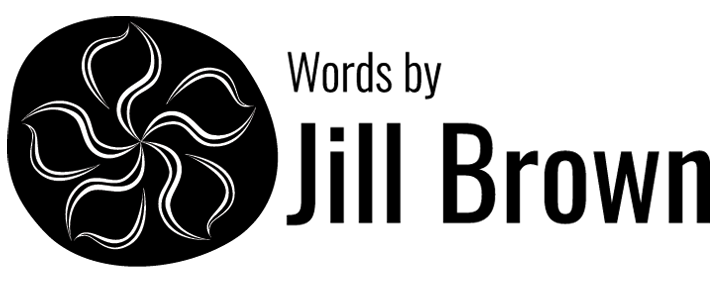Colossus, Stephanie Lake Company
An encounter with the latent dynamics allowed by a mass of lithe bodies
Photo: © Jess Wyld
The dancing body is a marvel, and when many dancing bodies collect together as a whole, they acquire a kind of grandeur.
This is the premise of Colossus, by Melbourne-based dance-maker Stephanie Lake, now showing at the Fairfax Studio at the Arts Centre as part of the Melbourne International Arts Festival. It is a striking work of inventiveness, power, and ambition.
Fifty dancers dressed in black lie on their backs in a circle on stage, feet forward and arms above their heads, as the audience wanders in. In the intimate space, they can notice birthmarks, tatts and dark nail polish on the bodies before them. The sense of distance and anonymity usually present in the auditorium is disrupted and dancers and audience alike feel each other’s presence.
A single note announces the start, and the circle becomes alive, arms and torsos creating ripples of movement. From there, the dancers explore the latent dynamics allowed by a mass of lithe bodies, and Lake displays ingenuity in teasing out her thoughts and ideas.
There is the individual versus the group, a soloist who breaks away from the circle. There is the group controlled by an individual, responding to gestures like automatons. The stage goes dark, then the dancers reappear, sitting in rows looking out at the audience: a group of spectators. At one point, they gather and greet each other warmly as at a party, until they suddenly turn on one individual: the group as a mob. Later in the piece, the ensemble divides into formations that march and shout like armies and the mood darkens. These various moments suggest how individuals organise themselves as a whole within systems⎯ corporations, communities, societies, nations⎯and that there is always a tension between the one and the many.
There are other moments when the dancers are in free form. They jump around as if in a trance, they come up against each other, join bodies together only to split apart. These actions suggest other systems, like the unknowable dance of electrons. Throughout its length, the piece displays a group as a thinking entity, one that here moves and morphs according to the complex intelligence of Lake’s choreography.
Transitions are seamless, almost imperceptible. What starts as one mood somehow becomes another. This is assisted by the lighting design by Bosco Shaw, which produces a series of imaginative spaces with light and shadow reflecting the shifts in tone. The broad spectrum of Robin Fox’s soundscape so closely matches the movement, it almost seems to arise from it.
Perhaps that effect is heightened because often the sound does come from the dancers. They hiss and shout and exhale. Fingers snap and feet pound out rhythms. Colossus is as much an encounter with the body as it is with the group. As well as using the dancers’ voices, Lake finds many uses for limbs, heads, and torsos to create fascinating patterns and formations. Simple movements like stretching forward over the legs on the floor or flicking fingers or hands scissoring across the face take on a pulsing energy when performed by the mass of bodies, and the effect is kaleidoscopic.
The dancers are dressed in variations of black trousers and tops, designed by Harriet Oxley. The costumes are all different but create a uniformity that enhances the group effects. This is an ensemble piece, there is no hierarchy of performers, although a few dancers stand out in solos and duos. They all perform with an intense focus on each other and the action on stage. They do not look out at the audience (apart from the spectator moment), but remain contained within their realm, even though in a small space there is a palpable connection between stage and auditorium.
The dancers have to focus because the movement is frequently difficult. Lake’s choreography is low in the hips, earthbound but propulsive. It can be fast. While her phrases are punctuated with jumps and leaps, there is little sense of the aerial in her aesthetic. She makes great use of the floor, with rolls, falls and tumbles and the dancers melt up and down as if they have no bones. Positions are sometimes held to create an accent, but generally the movement flows in an endless forward motion. It demands considerable athleticism and strength in the upper as much as the lower body and the dancers throw themselves⎯often literally⎯into their work. In contrast, there is also a sensuous quality to undulating arms and torsos that adds softness and grace. All the dancers were in excellent form on opening night and danced with courage and conviction.
Colossus ends with a single dancer on the stage. The work resolves on the individual. For all that it evokes ideas about systems and group behaviour, it is not cerebral but expressive. Stephanie Lake has a highly original sensibility and shows great control in bringing complex elements together to create an exhilarating piece of theatre. Highly recommended. Five stars
This review appeared on limelightmagazine.com.au in October 2019

